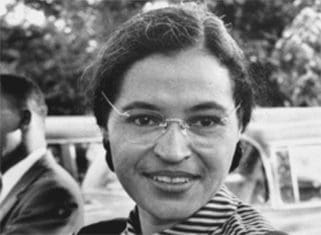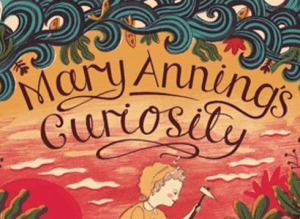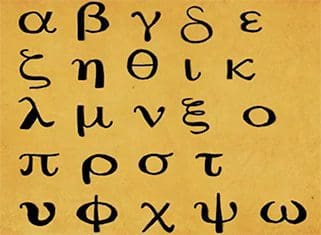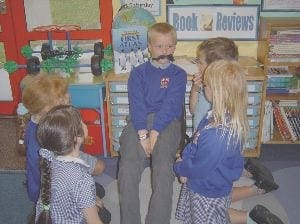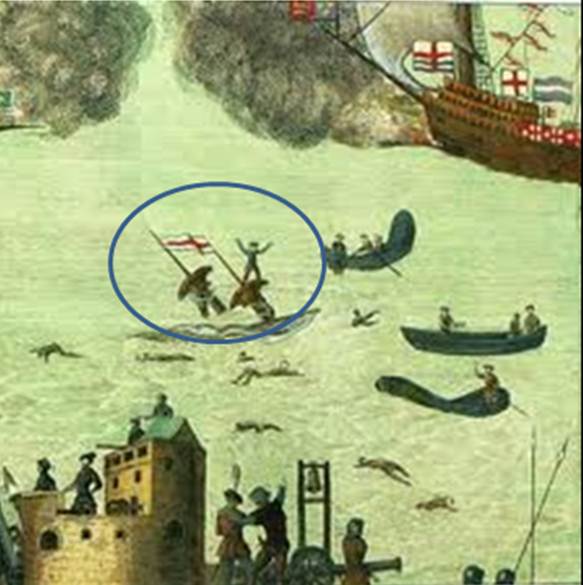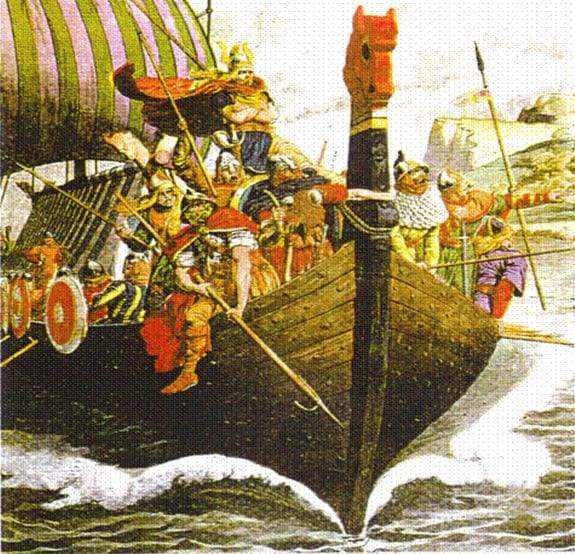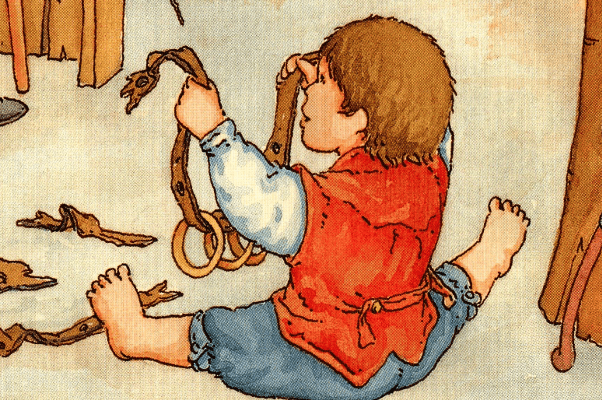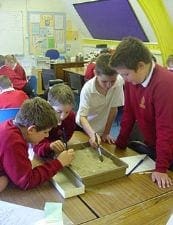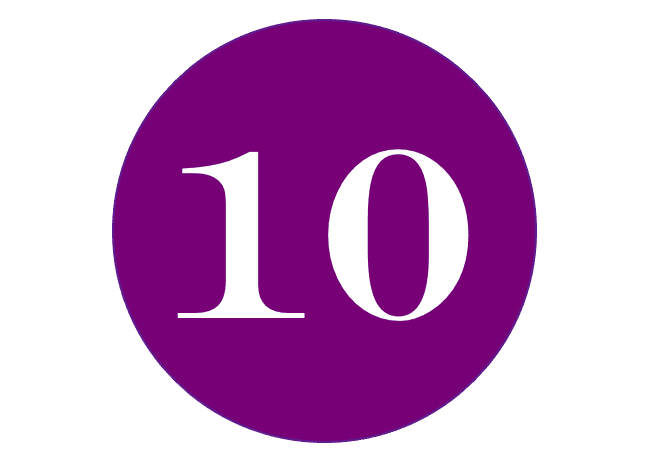
Used well, knowledge organisers are a really powerful resource but it all depends on how they are used. However attractive and packed with facts it might appear, if it just sits inertly with very little pupil interaction with it, then it may not be worth all the time you put into making it.
So that you don’t fall into the trap that some teachers do, here are the top 10 of dos and don’ts.
DOs
1. Use the Knowledge Organiser to locate the topic within a broader ‘big picture’ of the past
Show ( often, but not exclusively, through timelines) how the topic links with others that are on the history curriculum,not just those they have just been taught but other societies existing around the world at the same time. Why not have a box called’ Meanwhile,elsewhere’?

